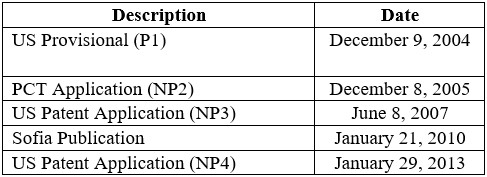The US Patent & Trademark Office (PTO) issued a final rule reducing certain patent fees for small and micro-entities on March 22, 2023. The Federal Register notice can be found here. Small entity filing fee discounts are increased to 60% (from 50%) and micro-entity filing fee discounts are increased to 80% (from 75%). The fee reductions apply to PTO fees for filing, searching, examining, issuing, appealing and maintaining patent applications and patents.
The fee reductions were mandated by the Consolidated Appropriations Act, 2023 (the Act), which included the Unleashing American Innovators Act of 2022. The Act was signed into law by President Biden on December 29, 2022. The new PTO fee schedule can be found here.
read more

 Subscribe
Subscribe



